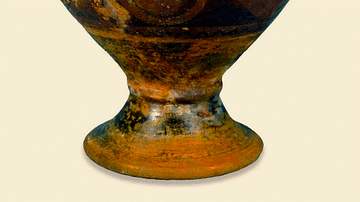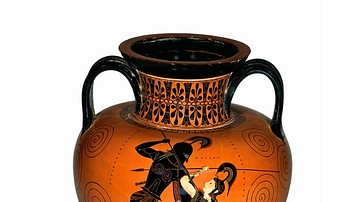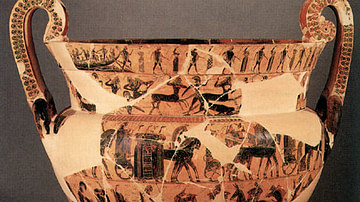Video
Cite This Work
APA Style
ArtInstituteChicago. (2014, April 04). LaunchPad: Ancient Greek Vase Production and the Black-Figure Technique. World History Encyclopedia. Retrieved from https://www.worldhistory.org/video/164/launchpad-ancient-greek-vase-production-and-the-bl/
Chicago Style
ArtInstituteChicago. "LaunchPad: Ancient Greek Vase Production and the Black-Figure Technique." World History Encyclopedia. Last modified April 04, 2014. https://www.worldhistory.org/video/164/launchpad-ancient-greek-vase-production-and-the-bl/.
MLA Style
ArtInstituteChicago. "LaunchPad: Ancient Greek Vase Production and the Black-Figure Technique." World History Encyclopedia. World History Encyclopedia, 04 Apr 2014, https://www.worldhistory.org/video/164/launchpad-ancient-greek-vase-production-and-the-bl/. Web. 17 Apr 2025.





